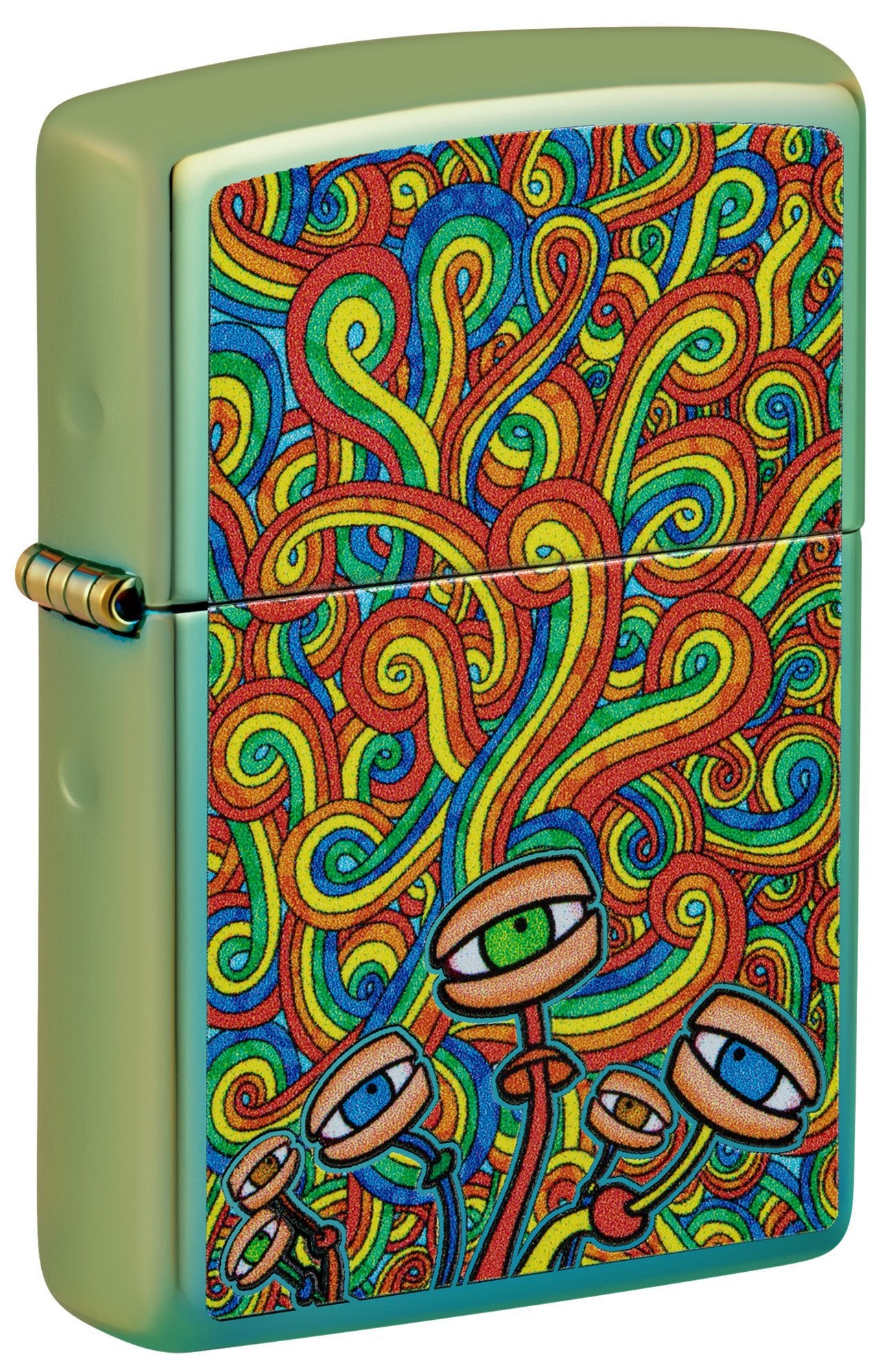All About Psychotomimetic Compounds: Their Duty in Psychological Research
Psychotomimetic substances, such as LSD and psilocybin, have actually garnered raising rate of interest in emotional research for their capability to replicate psychotic signs and give insight into numerous mental health conditions. Their interactions within the brain, specifically via serotonin and dopamine pathways, suggest a facility relationship in between consciousness and neurobiology that might unlock unique therapeutic opportunities. As researchers continue to investigate their prospective applications, ethical factors to consider surrounding their usage in scientific setups become vital, increasing crucial concerns regarding safety and notified consent that warrant more expedition.
Definition of Psychotomimetic Compounds
In the realm of mental study, psychotomimetic compounds are materials that can generate effects appearing like those of psychosis, such as hallucinations, misconceptions, and transformed perceptions of reality - About Golden Psycho. These compounds can be categorized right into different groups, consisting of hallucinogens, dissociatives, and certain energizers, each generating distinctive psychological effects
The pharmacological action of psychotomimetic compounds commonly entails modulation of neurotransmitter systems, particularly those pertaining to serotonin, dopamine, and glutamate. As an example, materials like lysergic acid diethylamide (LSD) largely act upon serotonin receptors, bring about extensive changes in sensory perception and cognition.
The utility of psychotomimetics in research depends on their capability to mimic psychotic symptoms, giving a version for comprehending the underlying devices of psychotic conditions such as schizophrenia. By studying the results of these substances, researchers can gain understandings into the neurobiological and mental procedures that add to psychosis.
In addition, psychotomimetic substances have been explored for their healing possibility in treating various mental wellness conditions, consisting of depression and anxiousness, highlighting their double duty in both research study and possible medical applications.
Historic Advancement and Context
The expedition of psychotomimetic compounds has an abundant historical context that dates back to old worlds, where materials such as psilocybin mushrooms and peyote were utilized in spiritual and recovery practices. These very early usages commonly intertwined with religious routines, suggesting a profound respect for the altered states of consciousness induced by these compounds.
The mid-20th century noted a considerable switching point in the research study of psychotomimetic substances, especially with the synthesis of LSD by Albert Hofmann in 1938. The succeeding popularization of LSD in the 1960s catalyzed a wave of passion in both its mental impacts and potential therapeutic applications. Scientists started to examine how these materials could imitate psychotic states, providing understandings into mental disease.
However, the boosting organization of psychotomimetics with counterculture motions resulted in governing backlash, culminating in the criminalization of numerous of these compounds. In spite of these challenges, the renewal of passion in the therapeutic capacity of psychedelics in the 21st century has actually prompted renewed research study. This historic trajectory underscores the advancing understanding of psychotomimetic substances, changing from sacred substances to subjects of clinical questions and, potentially, restorative assurance.
Systems of Activity
Comprehending the systems of action of psychotomimetic compounds exposes the detailed methods these compounds engage with the brain's neurochemistry. These compounds primarily exert their effects via inflection of neurotransmitter systems, particularly serotonin, dopamine, and glutamate.
Along with serotonin, dopaminergic pathways are considerably influenced by compounds like mescaline and particular cannabinoids, which can result in transformed states of awareness and modifications in state of mind and motivation. Furthermore, the NMDA receptor antagonism observed with materials like ketamine highlights an additional path through which psychotomimetics might induce dissociative states and extensive modifications in assumed processes.
The neurochemical cascades started by these communications result in complicated and multifaceted mental results. Comprehending these devices is important for both the advancement of mental research study and the therapeutic capacity of psychotomimetic substances, as they give insights right into the underlying neural correlates of transformed states of consciousness.
Current Research and Applications
Recent examinations right into psychotomimetic substances have exposed a renewal of passion in their therapeutic applications, especially in the areas of psychiatry and psychology. Researchers have begun checking out compounds such as psilocybin, LSD, and ayahuasca for their possible to alleviate symptoms connected with different psychological wellness problems, consisting of clinical depression, anxiousness, and PTSD.
Professional trials More Help have demonstrated that, when provided in controlled atmospheres, these substances can assist in extensive emotional experiences, advertising psychological breakthroughs and enhanced restorative results. Research studies have shown that psilocybin-assisted therapy can lead to significant decreases in treatment-resistant anxiety, with effects lasting for several months post-treatment.
Moreover, psychotomimetic substances are being examined for their capability to foster neuroplasticity, potentially permitting for even more effective rewiring of maladaptive thought patterns. These searchings for recommend that such compounds may function as complements to typical psychotherapeutic approaches, boosting the effectiveness of restorative interventions.
As research proceeds, the emphasis is shifting in the direction of recognizing the ideal does, restorative settings, and individual qualities that can optimize the benefits of these substances. This blossoming field holds assurance for transforming psychological health and wellness therapy paradigms and resolving Web Site the restrictions of conventional psychiatric drugs.
Honest Factors To Consider in Research Study

Navigating the honest landscape of research entailing psychotomimetic compounds is important to ensuring participant safety and the honesty of research study results. Researchers have to focus on educated approval, making sure that individuals completely recognize the prospective risks and advantages connected with the substances being studied. This consists of providing comprehensive details about possible mental effects, including acute and lasting influences, and enabling participants the possibility to take out from the study at any type of time without fine.
IRBs examine research study procedures to protect participant welfare and copyright ethical standards. Additionally, the possibility for threat have to be meticulously analyzed, particularly when prone populations are involved.
Confidentiality is another extremely important factor to you can try this out consider. Scientists need to carry out robust measures to shield individuals' identities and data, specifically offered the sensitive nature of experiences related to psychotomimetic compounds (About Golden Psycho). Inevitably, a dedication to ethical techniques not just fosters trust in between researchers and participants yet likewise enhances the reliability and validity of the study results, adding to the innovation of mental knowledge

Verdict
Finally, psychotomimetic compounds, particularly timeless psychedelics such as LSD and psilocybin, offer significant understandings right into mental disorders via their distinct devices of activity. Their restorative potential in resolving conditions like anxiety and PTSD emphasizes the value of continued study in this field. Guaranteeing moral requirements in research methods is crucial for individual safety and educated permission, allowing for a liable exploration of these substances' advantages and implications within emotional science.